Submitted by WA Contents
Adjaye Associates renovates abandoned Victorian house in London known with its secret tunnels
United Kingdom Architecture News - Oct 06, 2020 - 11:53 4970 views
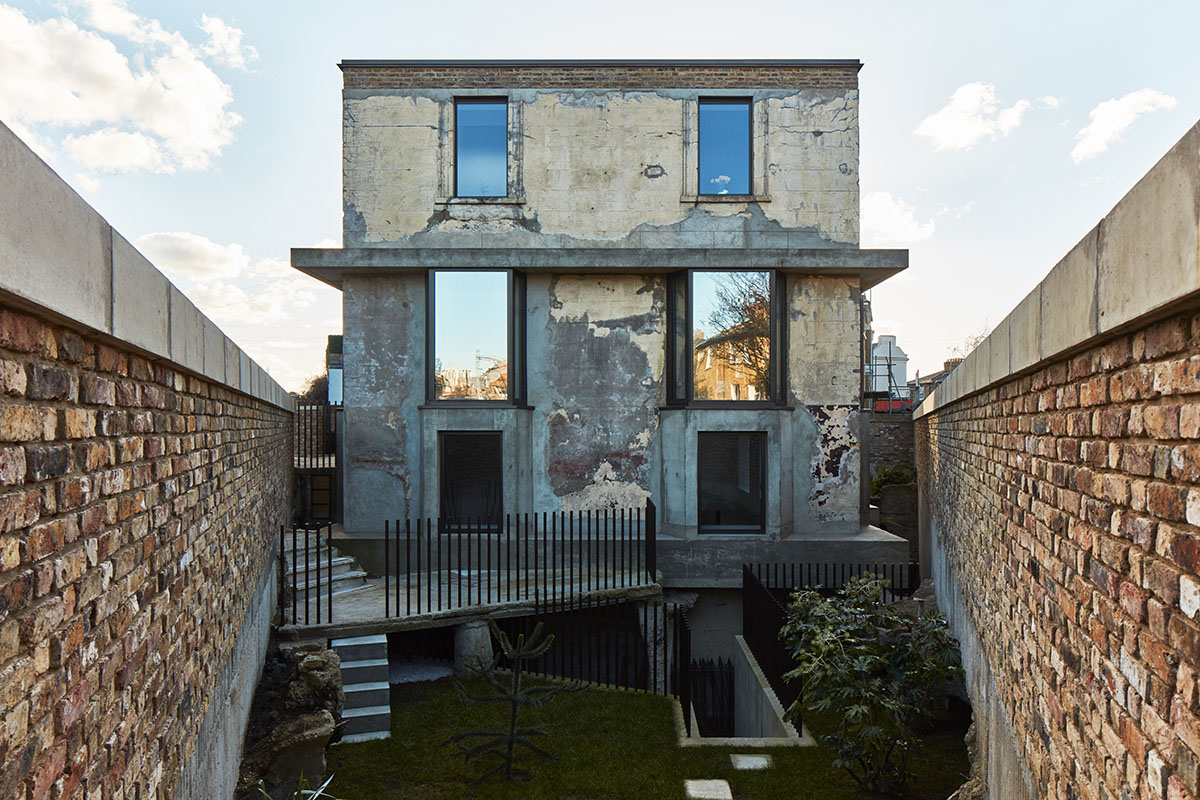
The 2021 Royal Gold Medal-winner David Adjaye's firm Adjaye Associates has renovated an abandoned Victorian house for contemporary artist Sue Webster.
The house is known with its secret tunnels that a retired civil engineer William Lyttle dug the tunnels under his home for 40 years. William Lyttle was known in the press as a "Mole Man" due to his secret house on Mortimer Road, east London.
Lyttle spent years burrowing a network of tunnels beneath the property, his decades of organic digging yielded a subterranean system of multi-directional passageways.
Adjaye Associates was commissioned to redesign a 40-year house for Sue Webster for a single-family dwelling by being strongly tied to its history and fabric of the original building.

Named Mole House, the building is located a triangular plot in London and the building's illegal tunnels now serve as a new live-work space for the artist.
"With the quarrying having seriously compromised structural integrity, the house was eventually seized and excavated," said Adjaye Associates.
"Its burrows were plugged with aerated concrete to re-establish structural safety and over 33 tonnes of debris were removed from site."
"Webster was compelled by the potential of the standalone property, captivated by its accumulated layers of history – both architectural and social," the studio added.
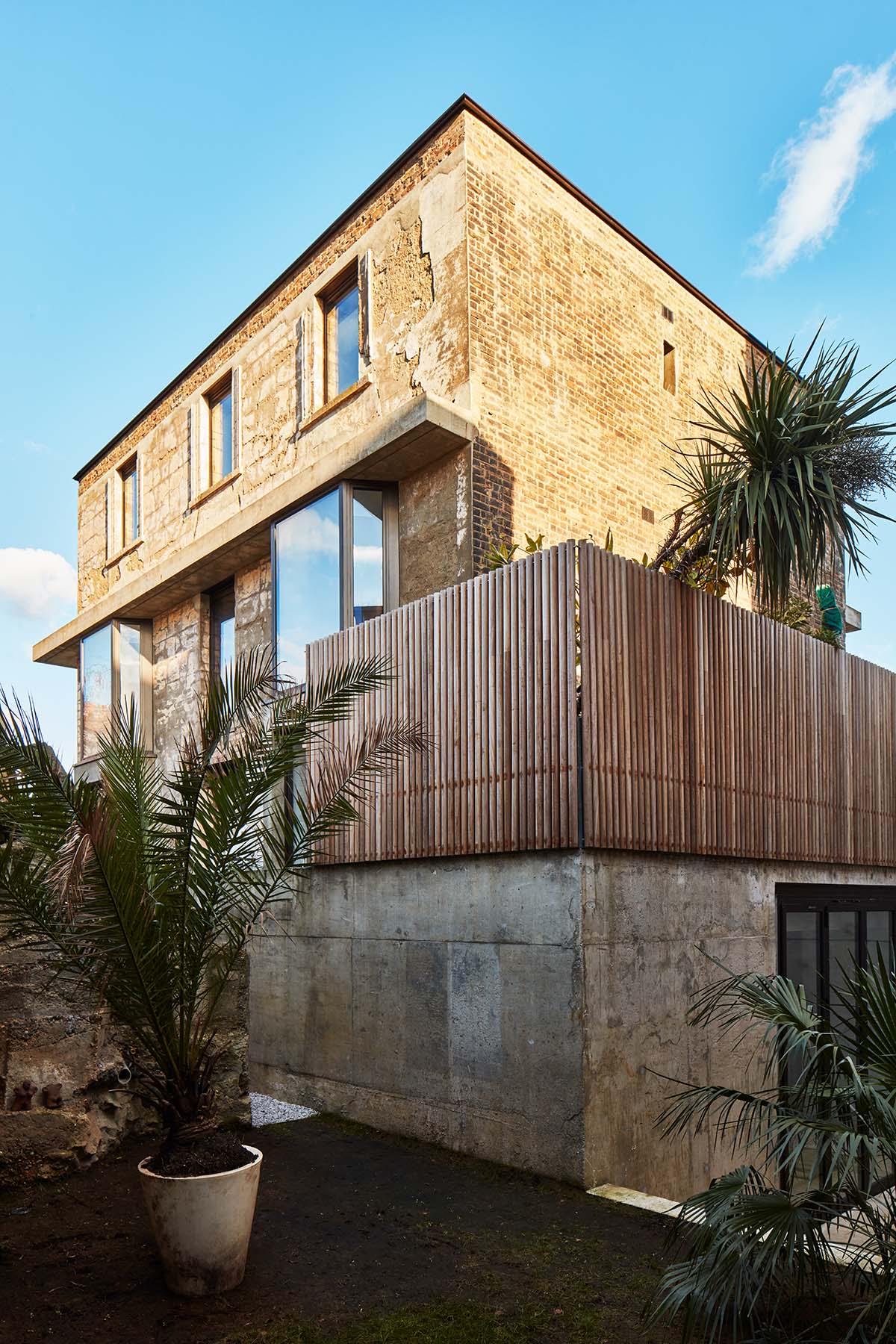
Adjaye converted the building by celebrating the legacy of this unique site, preserving authenticity with new additions that clearly delineate from existing elements.
Adjaye's design is born from an archaeological exercise, a gradual reveal of time through the process of excavation – an unearthing of up to 2,000 tonnes of filler concrete revealing several years of fossilised domestic history.
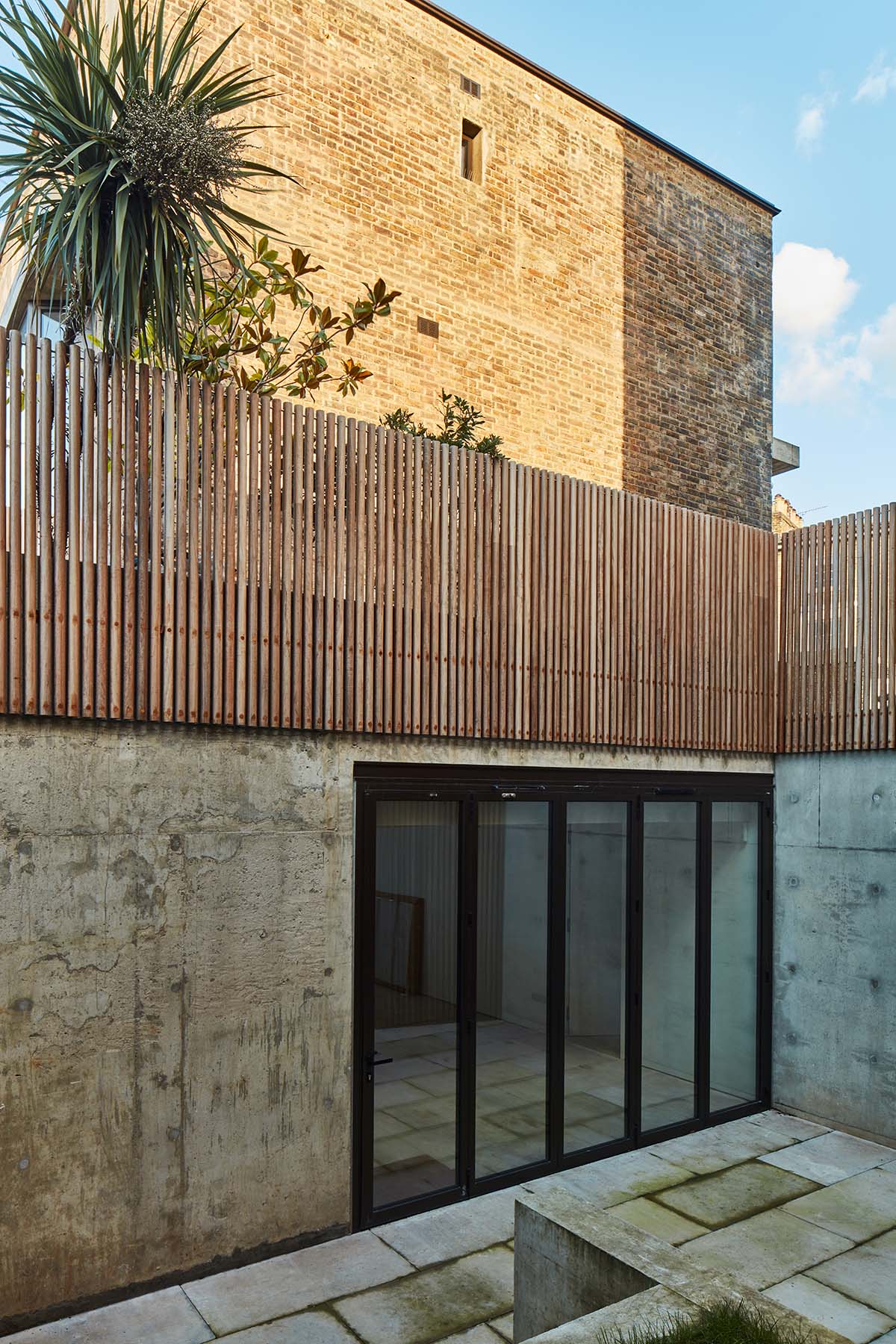
At basement level, the house has been expanded to offer newly configured open-plan living spaces, each surrounded by a sunken landscaped garden along its perimeter.
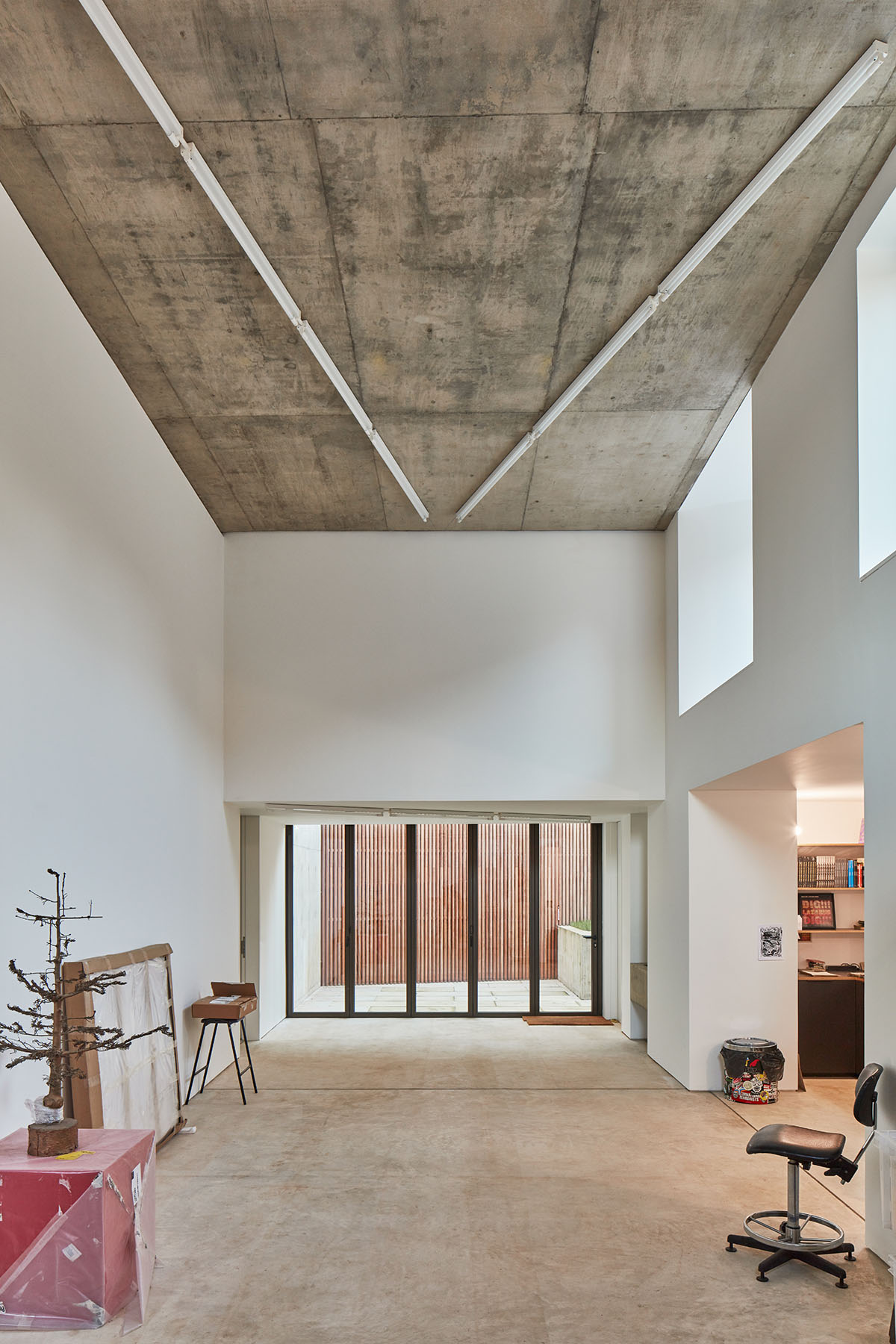
The house contains multiple entrances to the house, a reflection of the unearthed tunnels beneath, two of these entrances are directly accessible from the driveway and Mortimer Road, one guides you to the lower ground floor studio and the other to the main house living space.
There is also an entrance to the house via a set of steps that lead to the front garden and eventually to the studio and the rear garden. With this careful and methodical excavation, a visitor can experience the uncovered pieces of history, moments of a previous time, that are exposed as you walk around the garden.
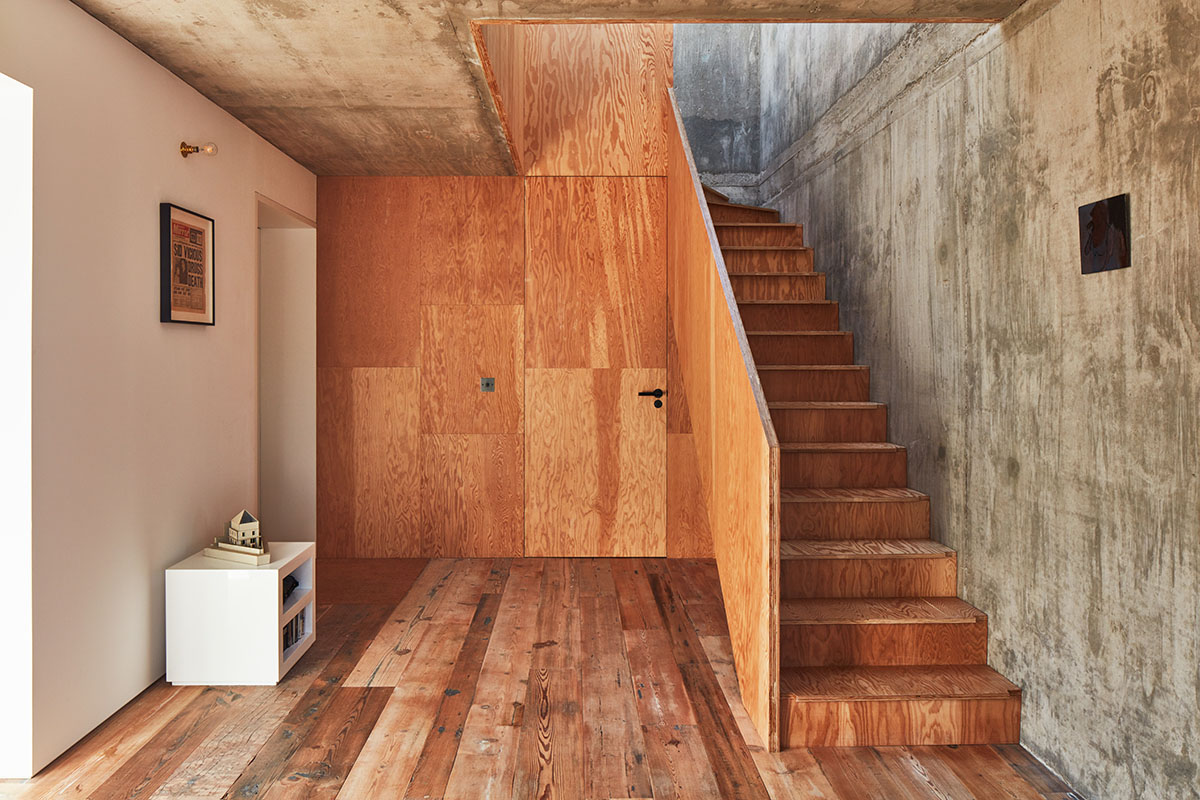
Externally, Adjaye preserved the original masonry fabric, the architect used 15,000 reclaimed London bricks to supplant areas of excess damage.
The exterior render is retained, expressing the building’s derelict bunker-like appearance. New concrete bay windows bordered by patinated bronze frames protrude beneath a concrete band, slicing horizontally through height of the house.

"What I love about working with her on this project is that for Sue even though she is living there, the home is really a statement about art," said Sir David Adjaye.
"The idea of making a work is as important as living there," Adjaye added.
Internally, a cross-shaped concrete structure in the centre of the plan divides each floor into four zones, supporting new floor slabs and bracing external walls. Original internal walls and floors have been removed completely, having either collapsed or eroded beyond repair.
An existing party wall that once divided the property into two houses has also been demolished, creating a more expansive, flexible, and unified space.
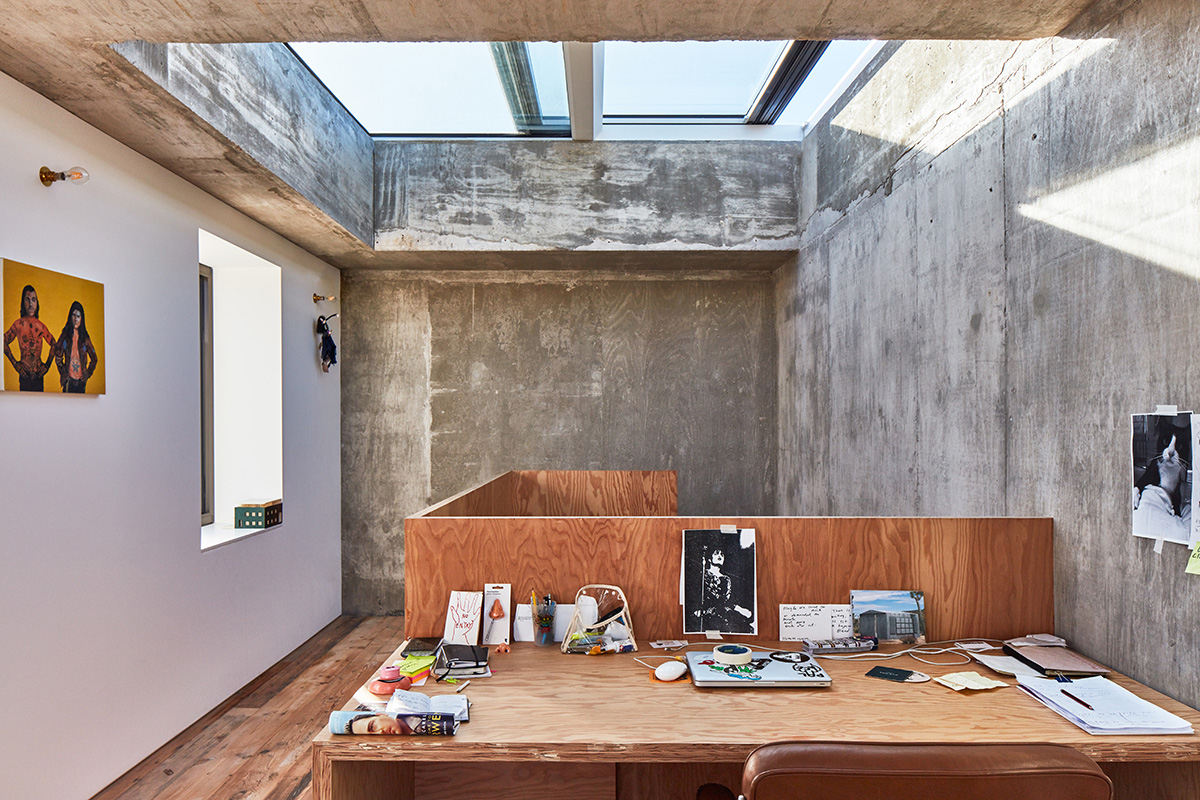
Interior volumes are characterised by a minimal material palette of exposed concrete and timber, with a cantilevered staircase descending into a lofty, light-filled basement studio.
The upper floor, which has been heavily reinforced following fire damage and corrosion, is punctured by a large, openable skylight. Natural light permeates throughout the residence, filtering in through full-height windows and doors that line each storey.

The building has been excavated to below street level, solidifying existing foundations and providing extended contemporary living space.
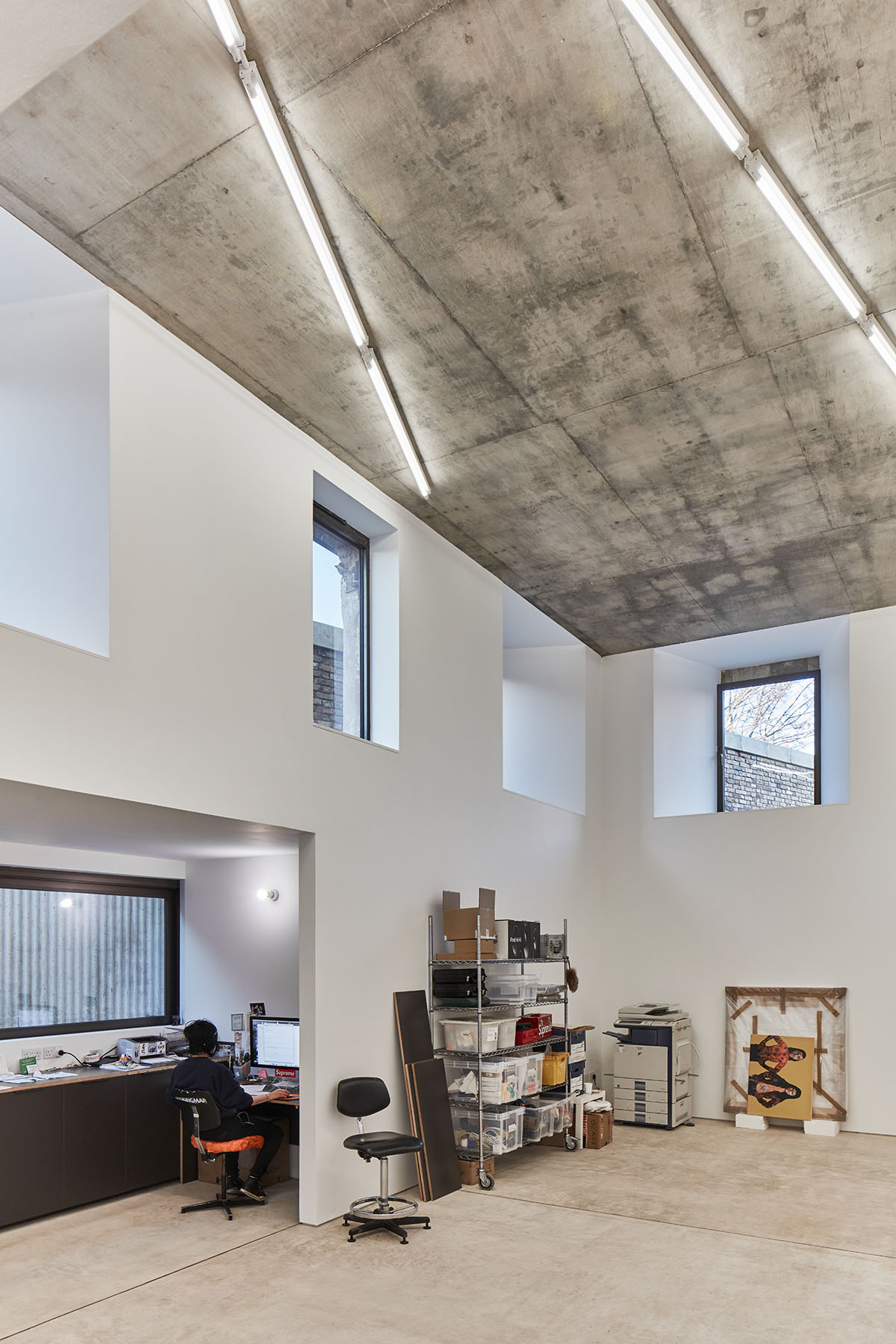
A singular slate sheet replaces the building’s original gable-end pitched roof, providing material contrast with the external brick, whilst tonally conversing with the window and door frames, as well as the fencing introduced within the site’s landscaped garden.
"Mole House demonstrates a combined vision between client and architect that exalts urban, tactile and personal histories. Its design approach is defined by considered restoration, material authenticity, and elevated functionality," said the studio.
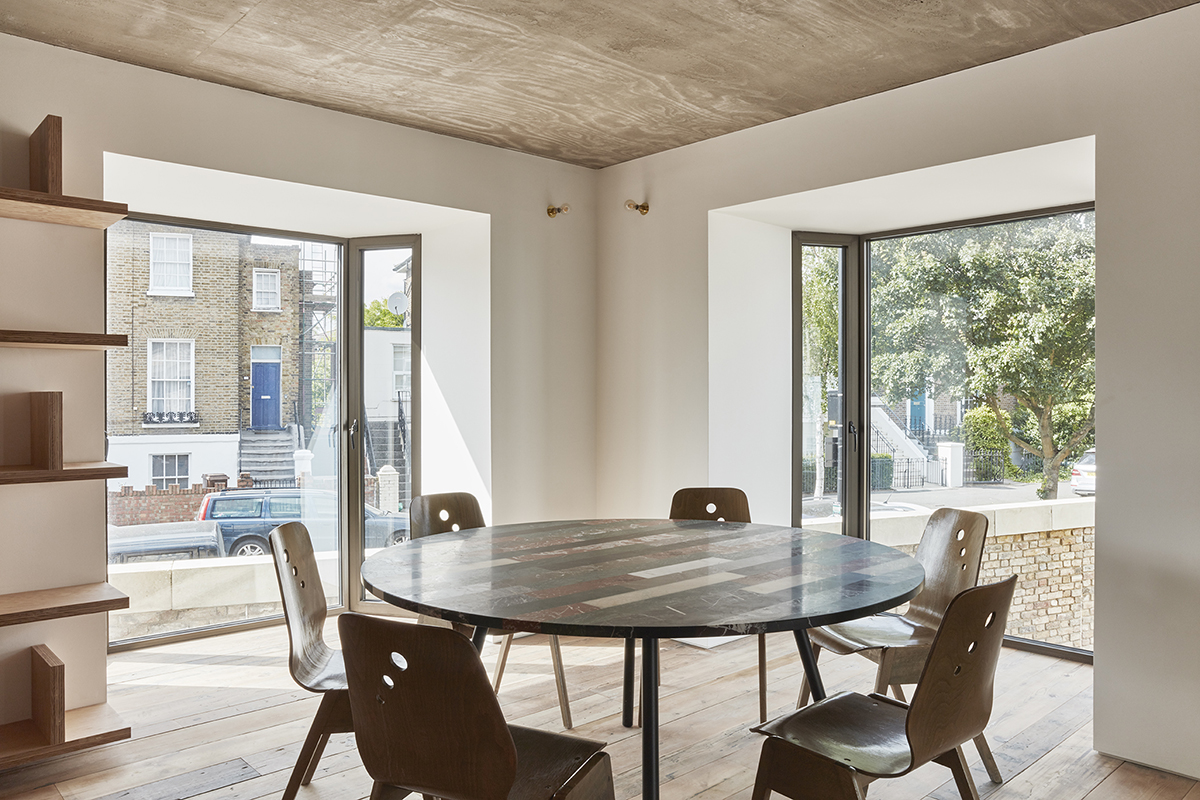
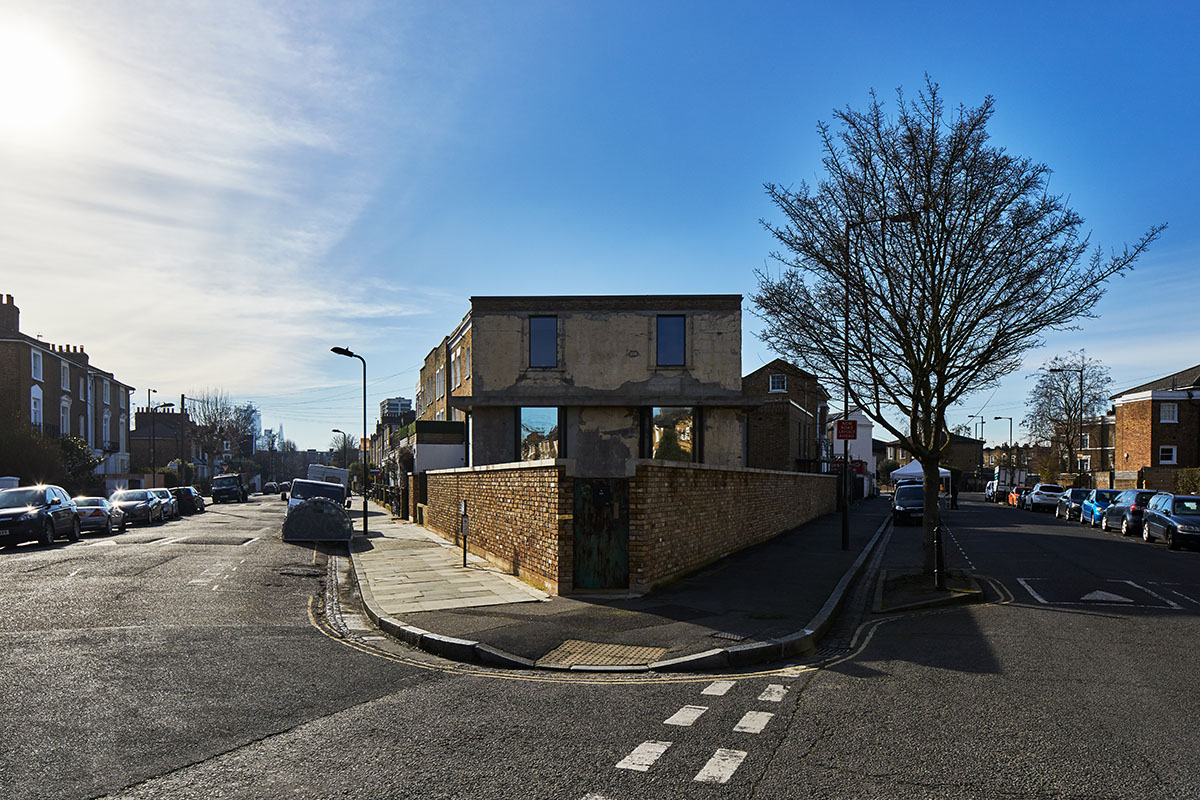
Adjaye Associates was established in June 2000 by Founder and Principal, Sir David Adjaye OBE.
Receiving ever-increasing worldwide attention, the firm has offices in Accra, London, and New York and completed work in Europe, North America, the Middle East, Asia, and Africa.
The practice’s largest commission to date, the Smithsonian National Museum of African American History and Culture, opened in 2016 on the National Mall in Washington D.C.
David Adjaye has recently been awarded the 2021 Royal Gold Medal For Architecture by the Royal Institute of British Architects (RIBA).
Project facts
Project name: Mole House
Architects: Adjaye Associates
Adjaye team: Yohannes Bereket, Isabel De Azevedo, Irena Stoeva, Emanuel Afonso Rebelo
Location: London, UK
Completion: 2018
Client: Sue Webster
Size: 256m2
Structural Engineer: Alcock Lees
General Contractor: Parry Page
All images © Ed Reeve
> via Adjaye Associates
